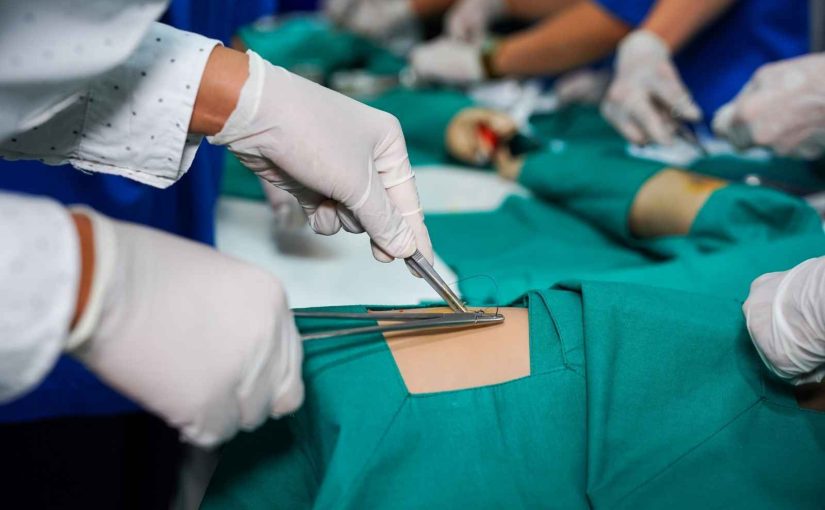Human body parts are crucial in advancing medical research and education. They provide an essential resource for training surgeons, enhancing the theoretical knowledge of medical students, and aiding in the development of new drugs and medical devices. By allowing hands-on practice, human body parts help medical professionals refine their skills and techniques. This practical experience is vital for mastering complex procedures and ensuring patient safety. Additionally, researchers use human tissues to study disease mechanisms and test new treatments, leading to innovations that improve and save lives.
How Are Human Body Parts Used in Surgical Training?
Human body parts are essential in the training of surgeons. When learning to perform complex medical procedures, nothing compares to the hands-on experience gained from working on real human tissues. Surgeons practice on cadavers to understand the intricacies of human anatomy and develop the necessary skills for delicate operations. This practical training helps them become proficient in various techniques, ensuring they are well-prepared for real-life surgeries.
In addition to cadavers, isolated organs are also used for specific training purposes. For instance, a cardiologist might practice on a real human heart to understand its structure better and improve their technique for heart surgeries. This kind of focused training is crucial for mastering specialized medical procedures.
Medical education laboratories provide a controlled environment where doctors can learn and refine their skills without the pressure of working on a living patient. This setting allows for repeated practice and immediate feedback, which are vital for skill development.
Overall, the use of human body parts in surgical training bridges the gap between theoretical knowledge and practical application. It ensures that surgeons are not only knowledgeable but also capable and confident in performing the procedures that save lives.
What Role Do Human Body Parts Play in Medical Research?
Human body parts are essential in advancing medical research. Researchers use them to study the mechanics of diseases, understand how they progress, and find effective treatments. By examining real human tissues, scientists gain insights that are often not possible through other methods.
Using human body parts allows researchers to test new drugs more accurately. They can observe how these drugs interact with human tissues and organs, providing critical data on effectiveness and potential side effects. This process helps in refining the drugs before they are tested in clinical trials, increasing the chances of success.
Moreover, human body parts are crucial in the development of medical devices. Researchers can see how these devices perform in real human conditions. This includes testing the durability and functionality of implants, prosthetics, and surgical instruments. By doing so, they ensure that the devices are safe and effective for patient use.
In summary, human body parts play a vital role in medical research by providing a realistic platform for studying diseases, testing drugs, and developing medical devices. This leads to better treatments, improved patient outcomes, and advancements in medical technology.
How Do Human Body Parts Contribute to the Development of Medical Devices?
Human body parts are crucial for developing medical devices. Researchers use real human tissues and organs to test and refine new tools, ensuring they function correctly within the human body. This process allows for the accurate simulation of how devices like pacemakers, stents, or prosthetics will perform. By using human body parts, developers can identify potential issues and make necessary adjustments before clinical trials. This hands-on approach significantly improves the safety and effectiveness of medical devices, ultimately leading to better patient outcomes and advancements in medical technology.
Human body parts are essential in advancing medical science. They provide a practical learning platform for surgeons and medical students, helping them master complex procedures. In research, these parts allow scientists to study disease mechanisms and test new drugs, accelerating the discovery of effective treatments. Additionally, they are crucial in the development of medical devices, ensuring they are safe and effective. By utilizing human body parts, medical professionals and researchers make significant strides in improving healthcare, ultimately saving and enhancing lives.
click here for more info: biotechanatomy
